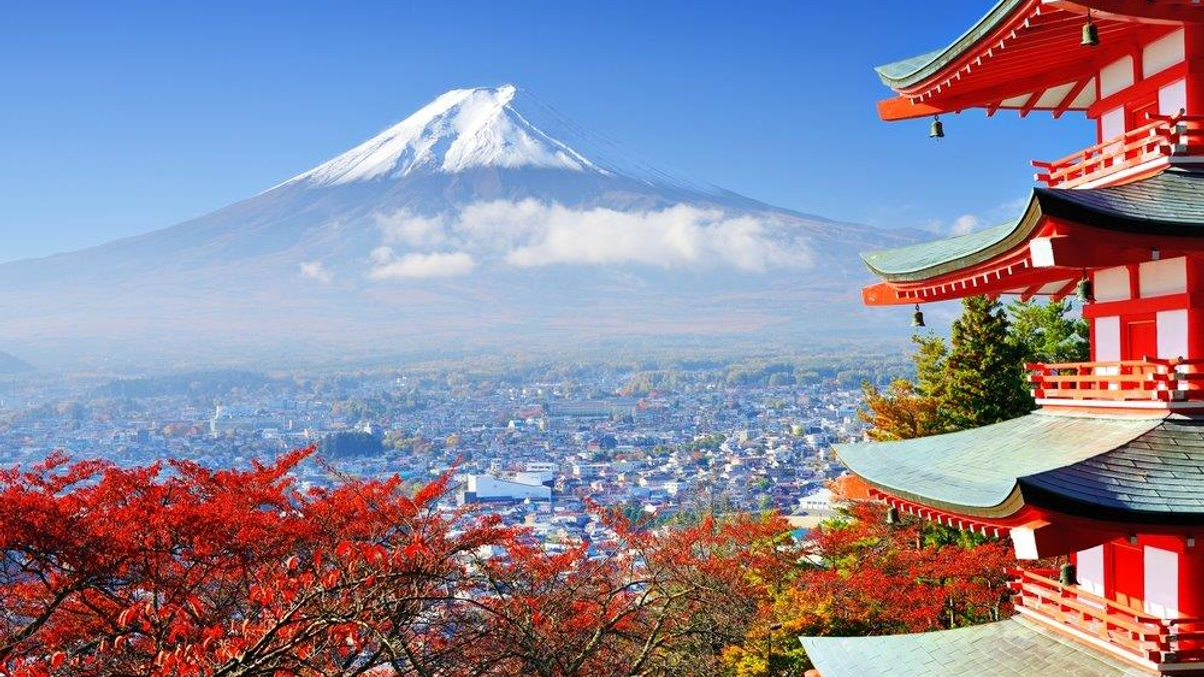Japan unshackles its public pension funds
A government taskforce has called for GPIF and other public funds to fundamentally restructure to seek higher returns, diversify and revamp governance.

Japan is on course to completely overhaul the goals, management and governance of its public pension funds, with a view to making their stewardship of more than ¥200 trillion ($2 trillion) of assets more active, more diversified and more focused on generating higher returns.
Sign In to Your Account
Access Exclusive AsianInvestor Content!
Please sign in to your subscription to unlock full access to our premium AI resources.
Free Registration & 7-Day Trial
Register now to enjoy a 7-day free trial—no registration fees required. Click the link to get started.
Note: This free trial is a one-time offer.
¬ Haymarket Media Limited. All rights reserved.


